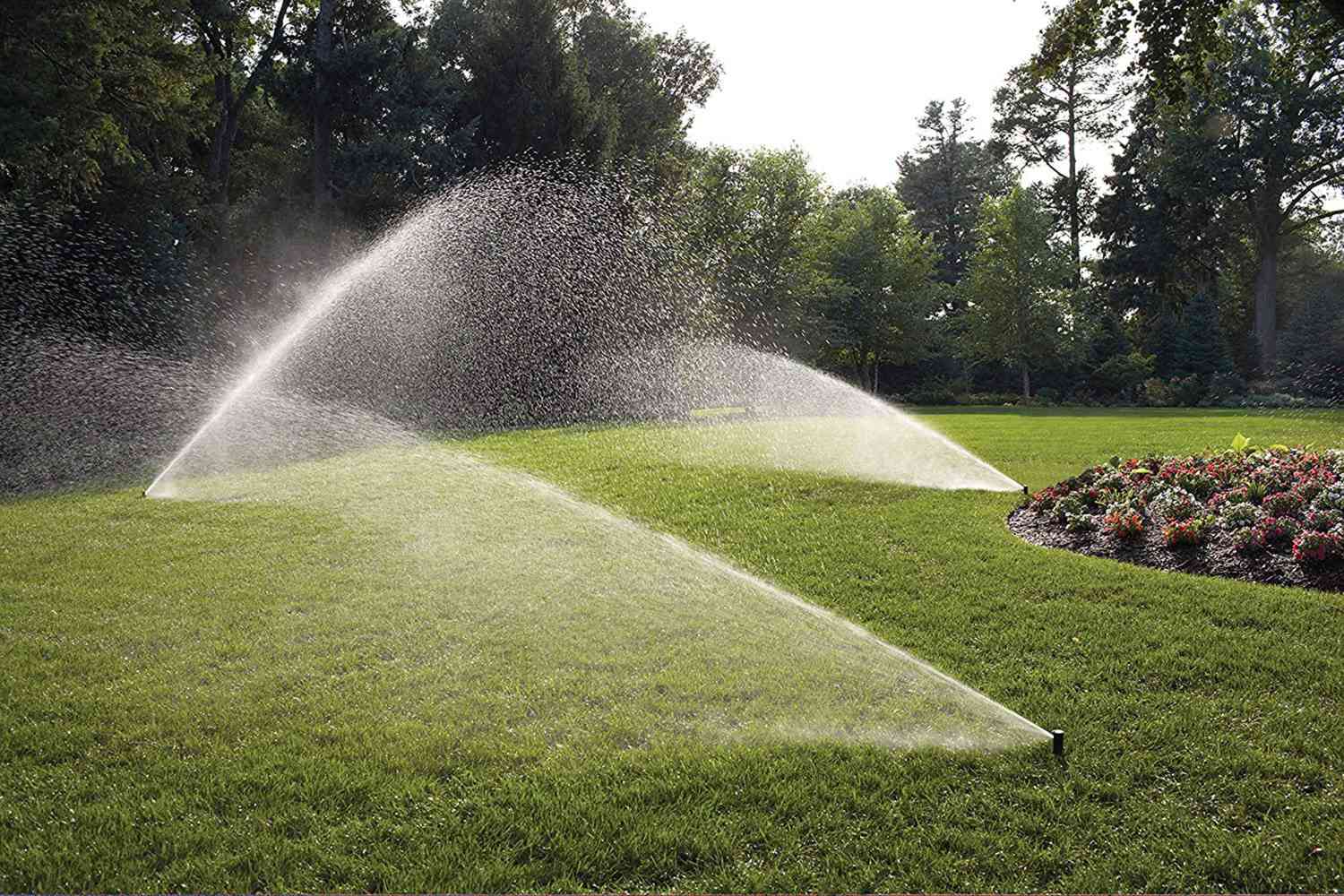A lush, green lawn is a symbol of pride for homeowners. However, achieving and maintaining a healthy lawn requires some effort, including regular watering, mowing, and fertilization. Lawn fertilizer is an essential component of a successful lawn care regimen, and there are many options available to homeowners.
Benefits of fertilizing lawn
You may be questioning the need for lawn fertilizer since you are already diligently watering and mowing your lawn to promote healthy growth. However, an unfertilized lawn solely relies on the nutrients present in the soil, which can vary greatly between lawns, even in similar climates or soil types. The soil may have lost essential nutrients during the home construction process or due to improper lawn care by a previous owner.
Proper fertilization of your lawn is crucial not only for promoting even and efficient grass growth but also for minimizing the appearance of weeds. Creating a fertilizer application plan tailored to your lawn results in rich, green grass and dense coverage across your entire yard. With regular lawn fertilization, you can achieve a thriving lawn with an aesthetically pleasing appearance.
Choosing the right fertilizer for your lawn
There are two primary types of fertilizers: controlled-release and quick-release. Controlled-release fertilizer consists of granular beads that gradually release nutrients over an extended period, whereas quick-release fertilizer is usually water-soluble beads or liquid that delivers nutrients more rapidly. Both types of fertilizer can be organic or synthetic (inorganic).
Upon visiting a local lawn and garden store, you will be met with an extensive selection of lawn fertilizers for sale. From “weed and feed” to lawn food, fertilizers come in a wide range of varieties. With such a vast array of options, you may be wondering how to choose the best lawn fertilizer for your needs.
The reason for the abundance of fertilizer choices is due to the unique combinations of nutrients that individual lawns require to maintain healthy growth. It’s essential to identify the specific nutritional requirements of your lawn to select the most suitable fertilizer for optimal results.
Most common lawn nutrients
A healthy lawn requires a balance of essential nutrients to grow correctly. Understanding the most common lawn nutrients can help you identify any nutrient deficiencies in your lawn and select the right fertilizer to promote healthy growth. Here are the most crucial nutrients that your lawn needs:
- Nitrogen – Nitrogen is essential for plant growth and is responsible for promoting healthy green foliage. It is the primary nutrient that lawns require for proper growth and development.
- Phosphorus – Phosphorus is responsible for promoting strong root growth, which helps your lawn withstand environmental stress, such as drought and heat.
- Potassium – Potassium helps to promote strong plant cell structure, which improves resistance to disease, drought, and pests.
- Calcium – Calcium is essential for strong cell wall development, which enhances root and stem strength and helps prevent disease and pests.
- Magnesium – Magnesium is crucial for chlorophyll production, which is essential for photosynthesis, the process by which plants convert sunlight into energy.
- Sulfur – Sulfur helps to promote strong root growth and plays a vital role in the production of amino acids, which are essential for healthy plant growth.
By ensuring your lawn has adequate levels of these essential nutrients, you can promote healthy growth and reduce the risk of diseases and pests. Regular soil testing can help you identify any nutrient deficiencies and select the best fertilizer to promote optimal lawn health.
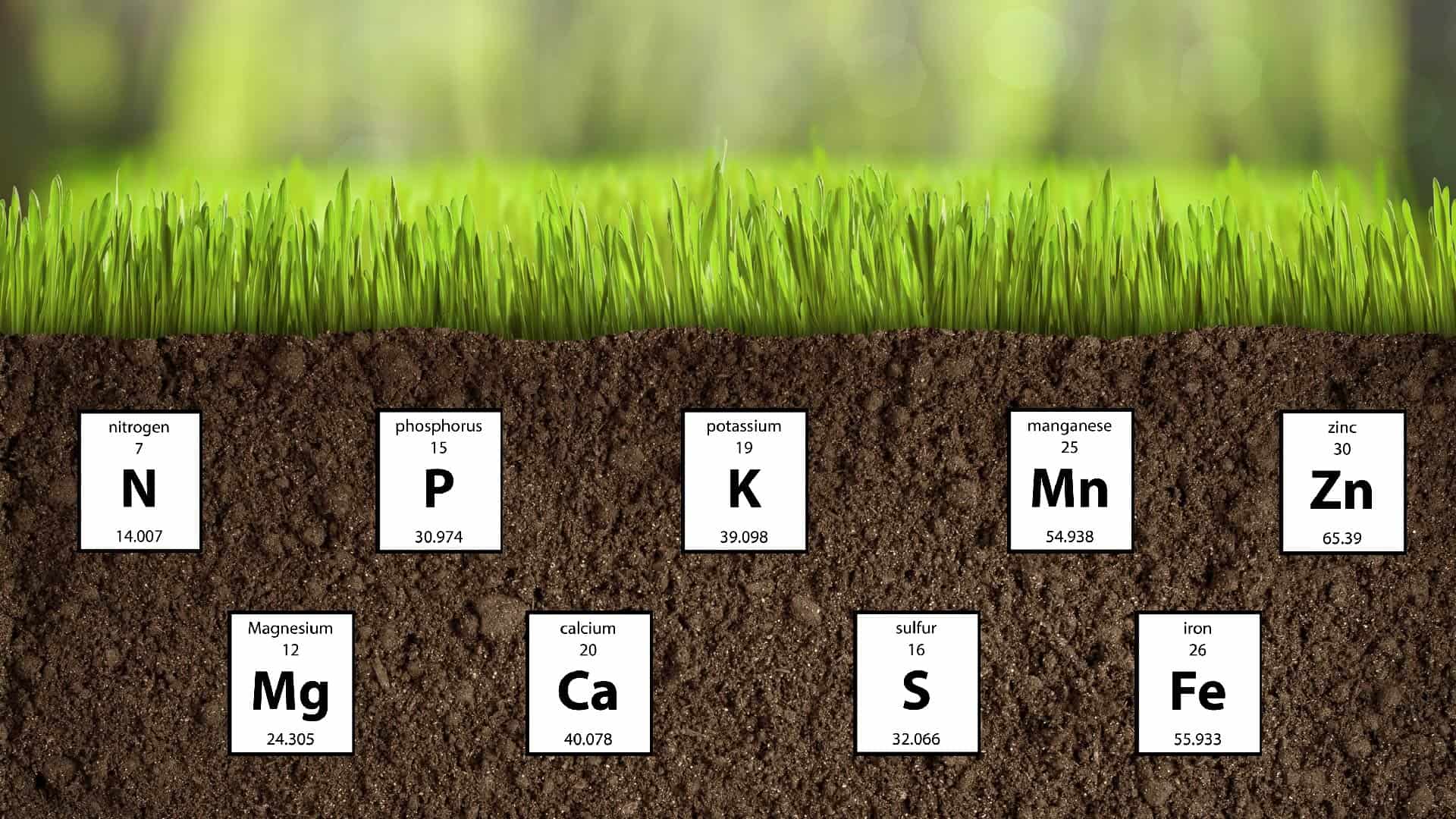
Determining what nutrients your lawn needs
Identifying the nutrient requirements of your lawn is crucial for selecting the appropriate fertilizer to promote healthy growth. Here are some effective methods to determine the specific nutrient needs of your lawn:
- Soil Test – A soil test is the most accurate way to determine your lawn’s nutrient deficiencies. You can send a soil sample to a laboratory or use a home soil testing kit to analyze the nutrient levels in your soil.
- Visual Inspection – Conducting a visual inspection of your lawn can help identify potential nutrient deficiencies. Yellowing or discolored grass may indicate a lack of nitrogen, while stunted growth or thinning grass could indicate a lack of phosphorus.
- Professional Assessment – A lawn care professional can provide an assessment of your lawn’s nutrient requirements. They can identify nutrient deficiencies, recommend the best fertilizer, and provide guidance on proper application.
By using these methods, you can determine the specific nutrient requirements of your lawn and choose the appropriate fertilizer to promote healthy growth. Regular fertilization with the right nutrients can help your lawn achieve lush, green growth and a healthy, vibrant appearance.
Translating lawn fertilizer labels
Deciphering Lawn Fertilizer Labels: Understanding N-P-K and Selecting the Right Fertilizer
Fertilizer labels can be confusing, making it difficult to determine which product is right for your lawn. Most labels feature three numbers, such as 20-20-20, which represent the percentages of Nitrogen (N), Phosphorus (P), and Potassium (K) in the fertilizer, respectively. It’s important to note that the order of N-P-K will always remain the same, even if the nutrient names aren’t listed on the label.
The numbers indicate the weight percentage of each nutrient in the bag. For example, a 50-pound bag of fertilizer with a label of 20-5-5 will contain 10 pounds of Nitrogen, 2.5 pounds of Phosphorus, and 2.5 pounds of Potassium.
Fertilizer plans are typically developed based on the amount of Nitrogen required per 1000 square feet of lawn per year. If you don’t want to calculate the exact amount of nutrients needed, look for a fertilizer with a higher percentage of Nitrogen and lower percentages of Phosphorus and Potassium. This is the ratio recommended for growing healthy grass.
Types of nitrogen fertilizers
Nitrogen is an essential nutrient for plant growth, and it is often the most important component in fertilizer formulations. There are several types of nitrogen fertilizers, each with its own advantages and disadvantages. Here are some of the most common types of nitrogen fertilizers:
- Ammonium Nitrate: This is a fast-acting nitrogen fertilizer that releases nitrogen quickly into the soil. It is often used in commercial farming because of its effectiveness and relatively low cost. However, it is highly soluble in water and can easily leach out of the soil, which can cause environmental problems.
- Urea: Urea is a synthetic nitrogen fertilizer that is widely used in agriculture. It is relatively inexpensive and can be applied as a solid or liquid. Urea is a slow-release fertilizer, which means that it releases nitrogen gradually over time. This makes it a good choice for crops that need a steady supply of nitrogen.
- Ammonium Sulfate: This is another fast-acting nitrogen fertilizer that is often used in commercial farming. It contains both nitrogen and sulfur, which can be beneficial for crops that require both nutrients. However, like ammonium nitrate, it is highly soluble and can leach out of the soil.
- Nitrate-Based Fertilizers: These fertilizers contain nitrate ions, which are readily available to plants. They are often used in hydroponic systems, where plants are grown without soil. However, they can be expensive and are not commonly used in traditional agriculture.
- Organic Nitrogen Fertilizers: These fertilizers are derived from organic sources, such as manure, compost, or blood meal. They release nitrogen slowly over time and can improve soil health. However, they are often more expensive than synthetic fertilizers and can be difficult to apply evenly.
Each type of nitrogen fertilizer has its own unique characteristics, and the best choice depends on a variety of factors, including the crop being grown, soil type, and environmental considerations.
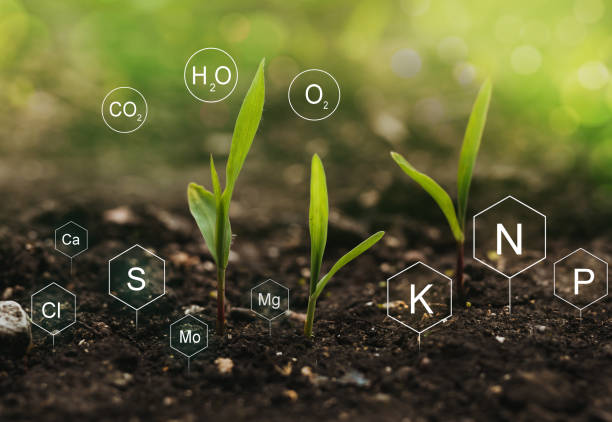
Deciding Between Organic and Inorganic Fertilizers for Your Lawn
Lawn fertilizers can be broadly categorized into two types: organic fertilizers and inorganic fertilizers.
Organic fertilizers are derived from natural materials like plants and animals, and they provide essential nutrients to your lawn in a natural and sustainable way. Examples include manure, compost, bone meal, and alfalfa. In contrast, inorganic fertilizers are synthetically produced and contain precise amounts of nutrients based on their chemical composition.
Choosing the right fertilizer for your lawn depends on various factors, and it’s essential to weigh the pros and cons of each type of fertilizer before making a decision. Organic fertilizers provide slow-release nutrients, improve soil health, and are environmentally friendly. However, they may be more expensive and take longer to show results. On the other hand, inorganic fertilizers are fast-acting and affordable, but they can have harmful effects on the environment and soil quality.
It’s important to note that a combination of both organic and inorganic fertilizers can be the best approach for promoting a healthy and vibrant lawn. By using fast-acting inorganic fertilizers to provide immediate nutrient needs and slow-release organic fertilizers for long-term soil health, you can strike a balance between effectiveness and sustainability.
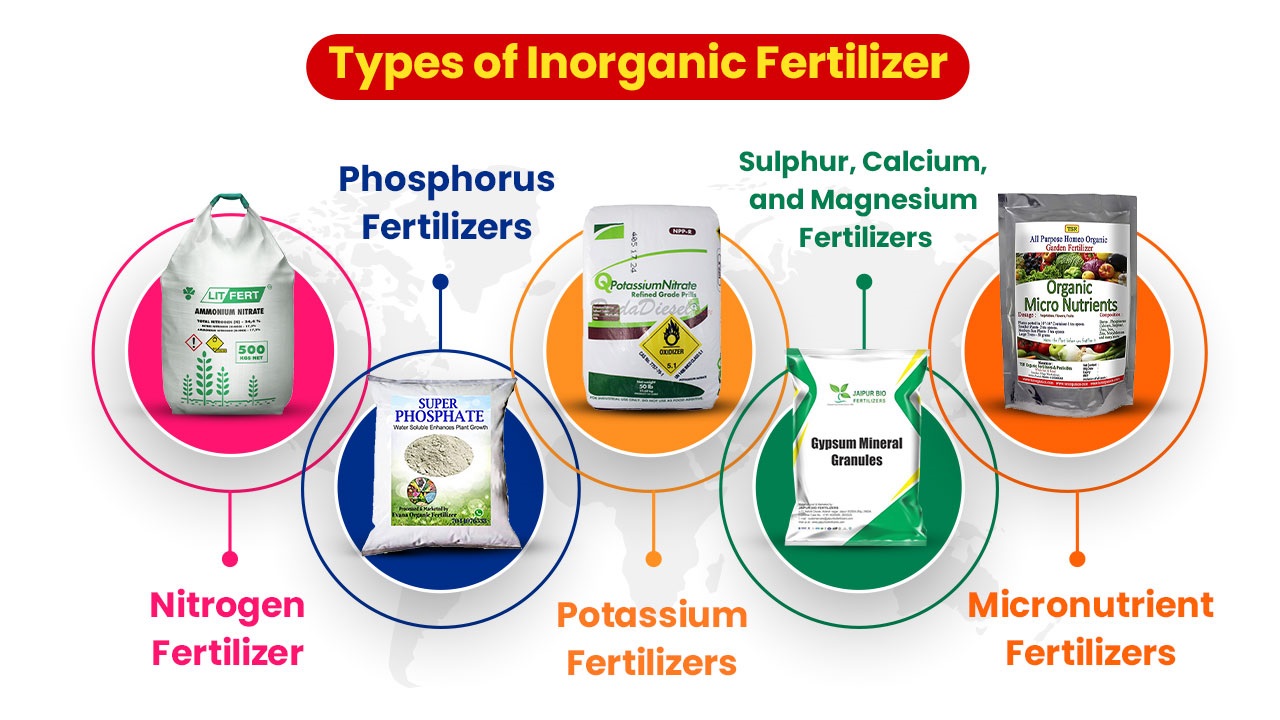
When is the best time to apply fertilizer
Determining the ideal time to fertilize your lawn can be influenced by various factors, including grass species, climate, and the specific needs of your lawn. While your lawn may require a different number of fertilizer applications than your neighbors, regular soil testing can help you determine the appropriate schedule. If you notice your grass turning yellow, exhibiting a pale green hue, or experiencing poor growth, it may be time to apply fertilizer to your lawn.
</tr >
| Ideal grass temperature | Examples of grass types | Location commonly grown | When to apply fertilizer |
| Cool-season | – Kentucky Bluegrass – Tall fescue – Perennial Ryegrass |
– New York – Oregon – Minnesota – Inland California |
Fall, though you can do a follow-up application in early spring if your lawn needs it. |
| Warm-season | – Bermuda – Zoysia – Centipede |
– Florida – Arizona – Southern California |
Early summer—You can add a second application in August to promote healthy growth before these varieties go partially dormant in the winter months. |
Lawn fertilizer application
When it comes to fertilizing your lawn, the type of fertilizer you use and the size of your yard will greatly impact your approach. There are several lawn fertilizer applicators available to help you spread an even layer of fertilizer. For small areas, you can simply sprinkle fertilizer by hand, especially when using organic fertilizers like compost that can get stuck in a fertilizer spreader. However, for larger lawns, it’s best to set aside several hours to complete the task.
Here are the different types of fertilizer applicators you can choose from:
- Handheld applicators: These are perfect for patchy spots or small lawns. They are similar to broadcast spreaders but smaller in size. You can turn a crank handle to spread small amounts of fertilizer with ease.
- Push-behind drop spreader: Drop spreaders deposit fertilizer in neat rows directly below the spreader as you walk. Since the fertilizer is evenly spread, drop spreaders can take longer to use on larger lawns.
- Broadcast spreader: Broadcast spreaders are usually pushed from behind and have various settings and a rotatory device that spins faster as you walk faster. Your speed controls how far the fertilizer is spread in a crescent formation from your spreader.
- Liquid applicators: These are specifically designed for fast-release liquid fertilizer. Liquid applicators include spray pumps and hose nozzles that mix concentrated fertilizer with water. They’re easy to use and provide quick results.
Remember, the choice of fertilizer applicator depends on the size of your lawn and the type of fertilizer you’re using. Make sure to follow the instructions on the fertilizer package and water your lawn adequately after fertilization for best results.
Lawn Fertilizer Brands
One of the most well-known lawn care brands is Scotts. Scotts Lawn Care offers a wide range of lawn fertilizer products, including their popular 3-in-1 Turf Builder. This product not only fertilizes the lawn but also contains weed and feed components to control weeds while promoting healthy growth.
While Scotts is a popular choice, there are many other lawn care fertilizer companies near you that offer quality products. When choosing a lawn fertilizer company, it’s essential to consider factors like the type of grass in your lawn, the climate of your region, and any specific issues your lawn may be experiencing, such as nutrient deficiencies or pests.
To find the best lawn fertilizer company for your needs, start by asking friends and neighbors for recommendations. You can also search online for reviews and ratings of local lawn care companies. Look for companies with a track record of success, experienced technicians, and excellent customer service.
In addition to traditional fertilizer products, many lawn care companies also offer weed and fertilizer services. These services include targeted treatments to control weeds and promote healthy grass growth. Weed and fertilizer services are especially helpful for homeowners dealing with persistent weed problems or those who want to achieve a healthier lawn without using harsh chemicals.
Another option for lawn fertilization is Bio Green Lawn Care. Bio Green uses an organic approach to lawn care, offering environmentally friendly fertilizer products that promote healthy soil and sustainable lawn growth. Bio Green’s products contain a blend of natural ingredients like seaweed, molasses, and humic acid to improve soil health and enhance nutrient absorption.
Ultimately, the best grass treatment will depend on the specific needs of your lawn. For example, if your lawn is suffering from a nutrient deficiency, a targeted lawn treatment may be the best solution. Alternatively, if your lawn is overrun with weeds, a weed and fertilizer service may be more effective.
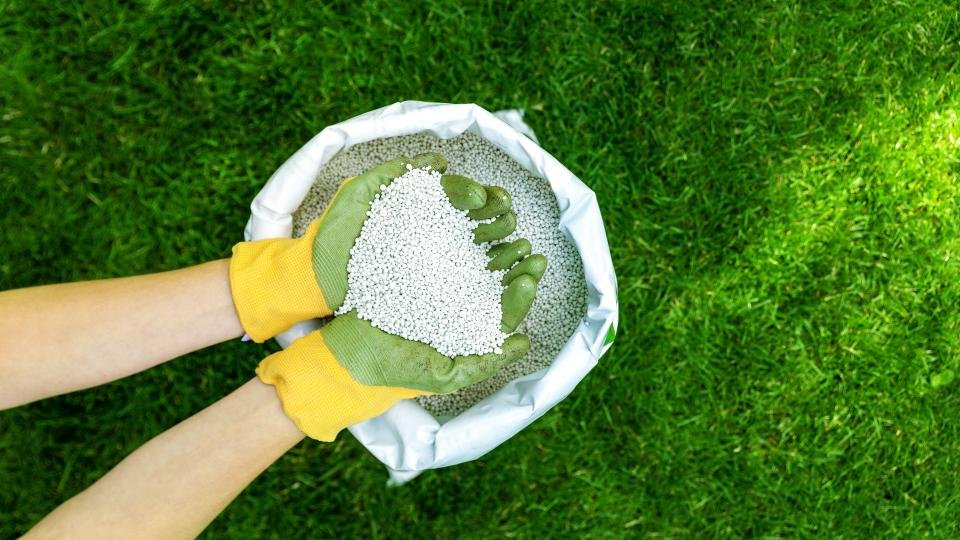
Lawn fertilizer is an essential component of any successful lawn care regimen. Whether you choose a well-known brand like Scotts or opt for a local lawn care company, investing in quality lawn fertilizer products and services can help you achieve a healthy, lush lawn. Consider factors like the type of grass in your lawn, any specific issues you’re experiencing, and the climate of your region when choosing a lawn fertilizer company or product. With the right lawn care approach, you can enjoy a beautiful, thriving lawn for years to come.
